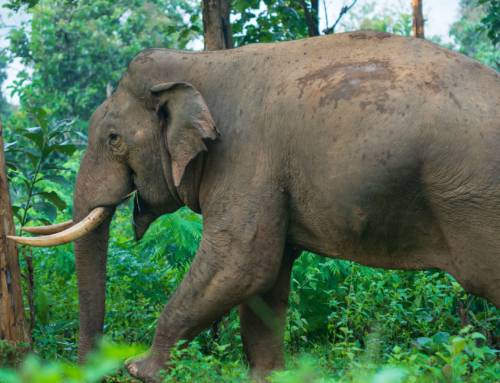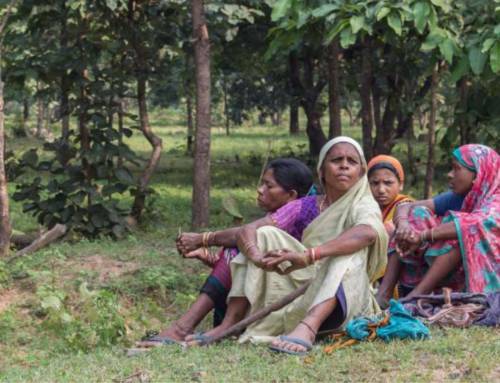Research article: Hariharan, S., Karpate, Y., Kainer, K. A., Karanth, K. K., & Vasudev, D. (2025). Drivers of spatial and temporal patterns of non-timber forest product extraction in Southern India. Global Ecology and Conservation, e03768.
Blog author: Aishwarya Laghate
Key Highlights:
- Over 61% of surveyed households in Karnataka and Kerala’s Western Ghats engage in some form of non-timber forest product (NTFP) extraction.
- Tribal identity, dependence on agriculture or daily wages, and long-term residence (>50 years) significantly increase the likelihood of NTFP extraction.
- Karnataka landscapes showed more households engaged in extraction overall, while Kerala had relatively higher proportions involved in commercial NTFP trade.
- 73% of respondents reported reduced NTFP harvesting, citing restricted forest access, lower yields, alternative livelihoods, and LPG availability.
- Differentiating between domestic and commercial extraction is essential for sustainable management that supports livelihoods and biodiversity conservation.
Forests of the Western Ghats are not just rich wildlife habitats, but also lifelines for communities who depend on them for non-timber forest products (NTFPs). A new study by Sikha et. al.sheds light on how and why households engage in NTFP extraction across eight forested landscapes in Karnataka and Kerala. The findings reveal complex socio-economic, cultural, and policy factors that influence how communities interact with forest resources.
The study, based on 641 household interviews, categorised families into four levels of forest engagement: no extraction, fuelwood/leaf litter only, domestic extraction, and commercial extraction. Over 61% of households reported harvesting some form of NTFP, with fuelwood and leaf litter collection being the most common. The authors emphasise that even these seemingly low-impact practices, when widespread, can affect forest health and soil quality.
Notably, the research identified clear socio-economic drivers of extraction. Tribal households were found to be twice as likely to collect NTFPs compared to non-tribal households. Dependence on agriculture or daily wage labour, and a long history of residence near forests, were also strong predictors. Overall, while Karnataka had more households engaged in NTFP extraction, Kerala recorded a higher proportion involved in commercial harvest. The contrast likely reflects a combination of factors, including stronger market linkages, differences in cultural uses of forest products, and varying state-level policies.
One of the most striking findings was the reported decline in the extraction of NTFPs over the past decade. Around 73% of respondents noticed reduced harvesting, attributing it to forest access restrictions, declining resource yields, availability of alternative livelihoods, socio-economic factors and government schemes providing cooking fuel. The younger generation’s shift towards urban opportunities further contributed to this trend.
From a conservation standpoint, the study highlights the need to distinguish between domestic and commercial NTFP extraction. Domestic use can be more sustainable if managed well, but commercial harvesting may require stricter regulation to prevent overexploitation. Policies that fail to make this distinction risk alienating forest-dependent communities or missing opportunities for sustainable livelihood support.
Ultimately, this research reinforces the idea that conservation policies must be context-specific. Balancing livelihood needs with biodiversity protection requires recognising the diversity of NTFP practices and engaging both tribal and non-tribal households in decision-making processes. As the Western Ghats face mounting pressures from both increasing population pressures and dwindling forest resources, such a significant understanding could be the key to ensuring forests remain both productive and protected.
To access the full article, click here.
Keywords: Non-timber forest products, NTFP extraction, Western Ghats, rural livelihoods, forest dependency, sustainable resource use, tribal communities, biodiversity conservation.





